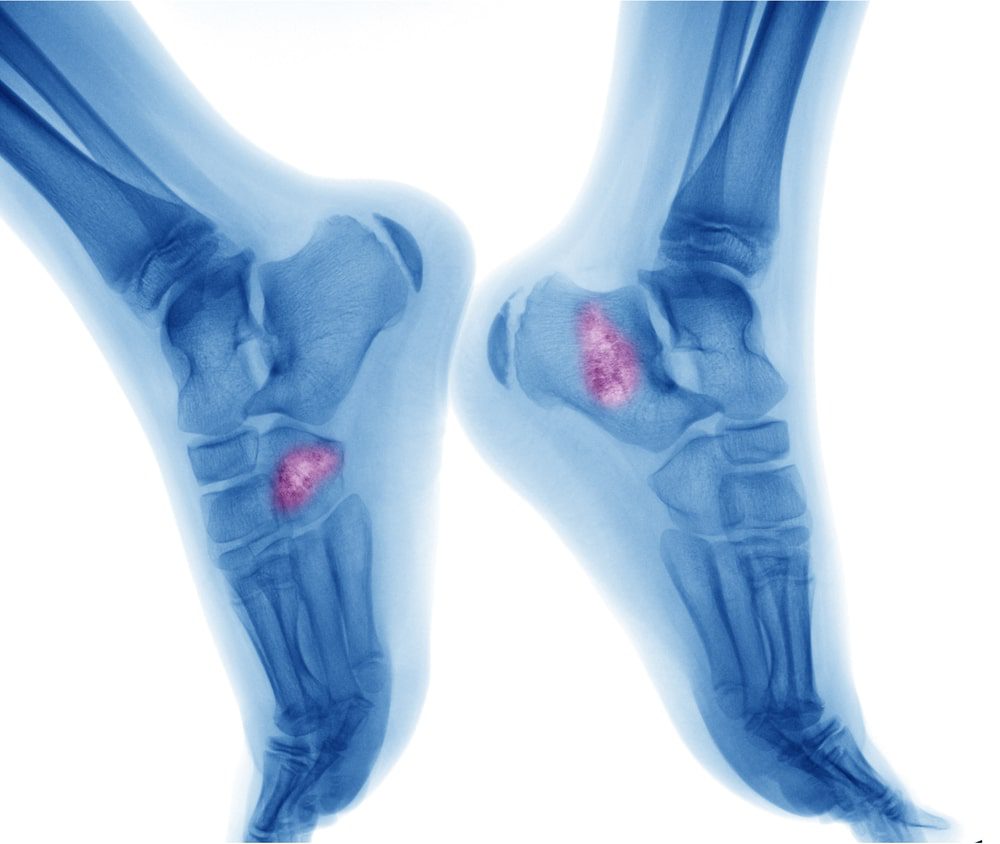Types of Bone Cancer in complete detail

Types of Bone Cancer in complete detail
- onco
- July 22, 2021
Cancer begins when cells grow out of control. Cells in any part of the body can become cancerous and spread (metastasise) to other parts.
Bone cancer is uncommon and starts when cells in the bone start to grow abnormally out of control. To understand bone cancer, it helps to know a little about normal bone tissue.
Most bones start out as softer, more flexible forms of tissue called cartilage and this cartilage later forms bones. In adults, cartilage is found at the end of some bones.
The bone itself has 2 kinds of cells.
- Osteoblasts – cells that lay down new bone.
- Osteoclasts – cells that dissolve old bone.
Bones look as if they don’t change much, but they are very active. New bone is always forming while old bone is dissolving. This helps keeps bones strong. There are some other cells in the bone marrow like plasma cells and fibroblasts.
Any of these bone cells can develop into cancer.
Primary bone cancers versus bone metastasis
Cancers that originate in the bones are called primary bone cancers.
In most cases of adults with any bone cancer types, cancer starts somewhere else and then spreads to the bones: this is called bone metastasis and this can develop from different types of advanced cancers like breast, lung, and prostate cancer. If you observe cancer cells in the bone with a microscope; you’ll find they look like the cancer cells in the organ they came from.
Types of primary bone cancers
Primary bone cancers (cancers that begin in the bone itself) are also called bone sarcomas.
There are many kinds of primary bone cancer and some of them are rare.
Osteosarcoma
Osteosarcoma (or osteogenic sarcoma) is the most commonly found primary bone cancer. It starts in an early form of bone cells and often occurs in young people between the 10 and 30, whereas about 1 in 10 osteosarcomas develop in people above 60: it is very rare in middle-aged people, and is more common in men. These develop mostly in the bones of the arms, legs, or pelvis.
Ewing tumour (Ewing sarcoma)
These are the second most common type of primary bone cancer found in children, teens, and young adults, and the third most common bone cancer. These rarely occur in adults older than 30. Most Ewing tumours develop in the bones, but they can start from other tissues and organs. The most common sites cancer are the hip (pelvic) bones, the bones in the chest wall (the ribs or shoulder blades), the bones of the spine, and the long bones of the legs.
Chondrosarcoma
Chondrosarcoma begins in early forms of cartilage cells and is the second most common primary bone cancer. It’s uncommon in people under 20, and the risk of chondrosarcoma rises as people get older.
Chondrosarcomas can begin in any place where there’s cartilage. Most develop in bones like the pelvic (hip) bones, legs, or arms and some others begin in the trachea, larynx, chest wall, shoulder blades, ribs, or skull.
High-grade undifferentiated pleomorphic sarcoma (UPS) of bone
This was previously known as malignant fibrous histiocytoma (MFH) of bone. Undifferentiated pleomorphic sarcoma (UPS) usually starts in soft tissues (connective tissues like ligaments, tendons, fat, and muscle). It’s rarer in bones, but if it does occur, it usually afflicts the legs (around the knees) or arms. This cancer mostly occurs in elderly and middle-aged adults and is very rare in children. It tends to grow locally, but sometimes it can spread to other parts of the body.
Fibrosarcoma of bone
Another from types of bone cancer that develops more often in soft tissues than in bones usually occurs in middle-aged adults. Bones in the legs, arms, and jaw are mostly affected.
Giant cell tumor of bone
This type of primary bone cancer can be benign (non-cancerous) or malignant and these tumors are most common in people between their 20s and 30s.
Giant cell bone tumours typically hit the legs (usually near the knees) or arms. They don’t usually spread to distant parts of the body, but after surgery they can recur (even more than once) in the place where they began. With every recurrence, the tumour gets more likely to spread to other parts of the body (most often to the lungs). Rarely will a malignant giant cell bone tumour spread to other parts of the body without first recurring locally.
Chordoma
This uncommon type of bone tumour occurs in the bones of the spine, mostly at the bottom of the spine (sacrum) or the base of the skull. It happens most often to adults older than 30 and is twice as common in men as in women and very rarely does it occur in children.
Chordomas usually grow slowly and don’t spread to other parts of the body and often come back in the same area if they are not removed completely.
Check the best hospital in Delhi for bone cancer
Recent Posts
-
Managing Pregnancy with Chronic Lymphocytic Leukemia
April 30, 2024
-
Signs of Stomach Cancer: Diagnosis and Treatment
April 18, 2024





Leave a Reply